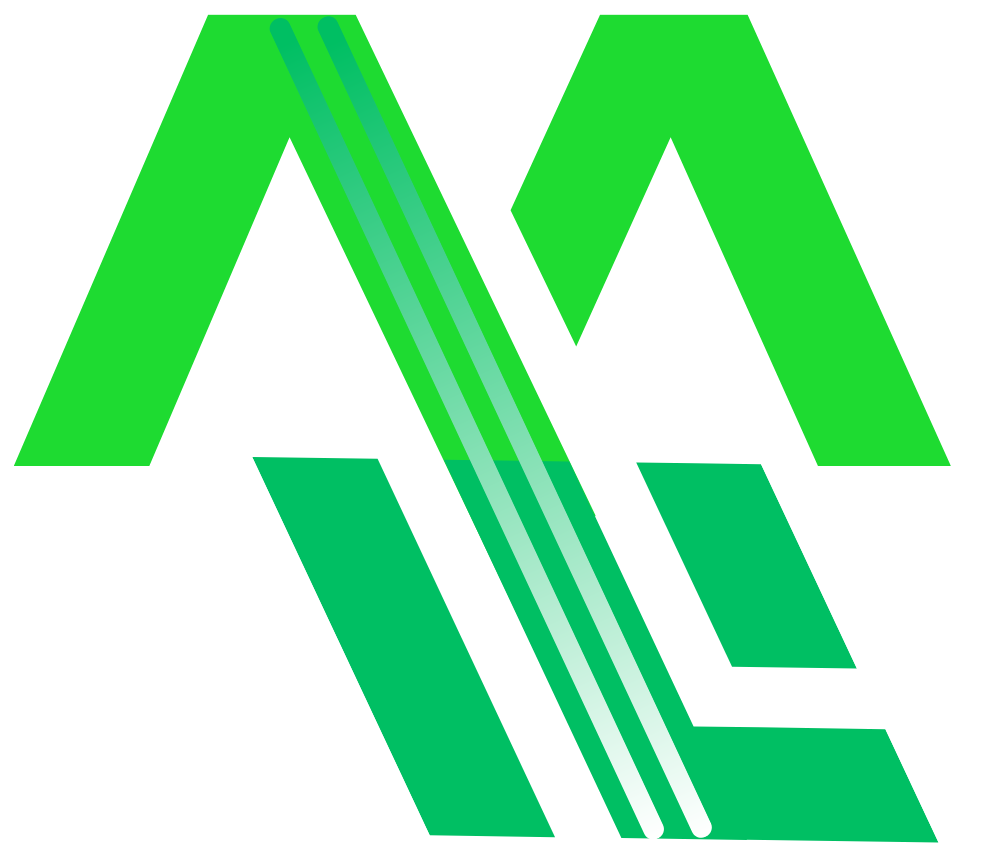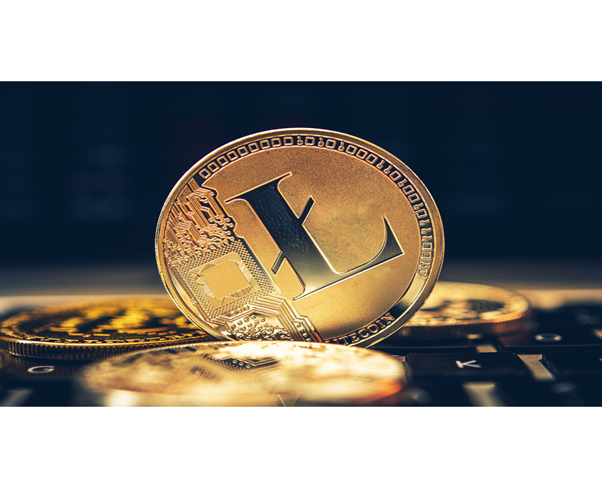The digital asset market has recently witnessed tremendous popularity and significance, with cryptocurrencies taking centre stage. Investing in cryptocurrency has become a lucrative opportunity for individuals looking to maximize their returns and tap into the potential of this transformative asset class. As traditional financial systems continue to evolve, cryptocurrencies offer a decentralized and borderless alternative driven by blockchain technology. Cryptocurrencies, such as Bitcoin, Ethereum, and numerous others, have proven their resilience and ability to generate substantial returns for early adopters and savvy investors. The market’s rapid growth and increasing mainstream acceptance have created an environment ripe with possibilities for those willing to navigate its intricacies.
Maximizing returns in the digital asset market requires a multifaceted approach that combines comprehensive research, risk management strategies, and an understanding of market dynamics. While cryptocurrency investments have the potential for significant gains, they are also accompanied by inherent volatility and risk. Therefore, investors must acquire knowledge and employ strategies tailored to this unique asset class. One of the major factors driving the success of cryptocurrency investments is timing. The ability to identify promising projects, anticipate market trends, and make informed entry and exit decisions is crucial. Additionally, diversification across different cryptocurrencies can mitigate risk and increase the potential for long-term gains.
Furthermore, staying updated with the latest news, regulatory developments, and technological advancements within the cryptocurrency space is vital for informed decision-making. Constantly evolving market dynamics necessitate a proactive and adaptable approach to investment strategies. In this guide, we will explore the fundamentals of investing in cryptocurrency, providing insights into maximizing returns while managing risks. We will delve into essential considerations such as research methodologies, portfolio diversification, risk management techniques, and emerging trends within the digital asset market. By understanding the dynamics of this exciting and ever-evolving landscape, investors can position themselves to capitalize on the vast opportunities offered by cryptocurrencies. This ten crypto you should invest in:
- Bitcoin (BTC)
- Ethereum (ETH)
- Binance Coin (BNB)
- Cardano (ADA)
- XRP
- Solana (SOL)
- Polkadot (DOT)
- Chainlink (LINK)
- Litecoin (LTC)
- Stellar (XLM)
Bitcoin
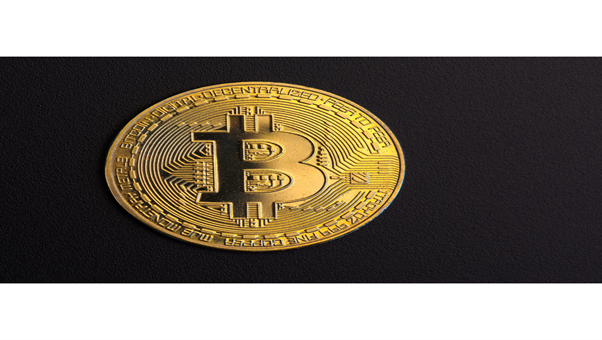
The pioneering cryptocurrency has revolutionized the financial landscape since its inception in 2009. Created by an individual or group known as Satoshi Nakamoto, Bitcoin operates on a decentralized blockchain network, ensuring transparency, security, and immutability. Bitcoin’s key feature is its limited supply, with a maximum cap of 21 million coins, making it inherently deflationary. This scarcity has contributed to its reputation as a store of value and potential against inflation. Bitcoin’s decentralized nature enables peer-to-peer transactions without intermediaries like banks or governments.
Additionally, its borderless nature allows for seamless cross-border transactions. Bitcoin’s price has experienced significant volatility throughout its existence, leading to tremendous gains and sharp declines. Despite this, its resilience and growing acceptance by mainstream institutions and investors have solidified its position as the leading cryptocurrency. As the market matures and adoption increases, Bitcoin continues to capture the attention of individuals seeking financial sovereignty and an alternative to traditional economic systems.
Ethereum
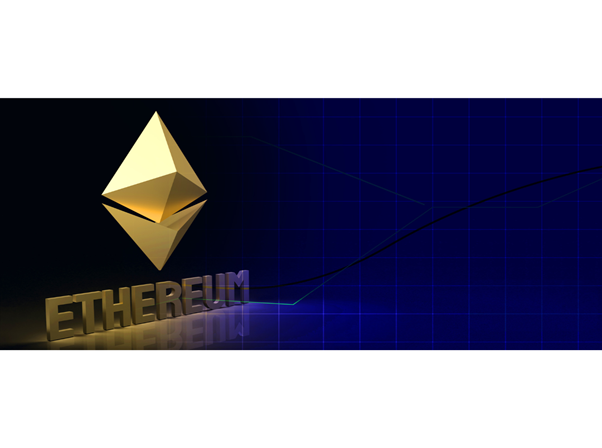
Ethereum, launched in 2015 by Vitalik Buterin, is a decentralized blockchain platform that goes beyond being just a digital currency. It is a platform for creating and executing smart contracts and decentralized applications (DApps). Ethereum’s native cryptocurrency, Ether (ETH), serves as both a digital currency and a fuel for running operations within the Ethereum network. What sets Ethereum apart is its ability to support programmable transactions, allowing developers to build and deploy their applications on the blockchain. This flexibility has led to a vibrant ecosystem of DApps and tokens, enabling a wide range of use cases, from decentralized finance (DeFi) and non-fungible permits (NFTs) to supply chain management and decentralized governance. Ethereum’s vision of a decentralized and open internet has captured the attention of developers, investors, and businesses worldwide. Despite challenges such as scalability and gas fees, Ethereum remains a leading platform for innovation in the blockchain space, with ongoing development efforts focused on Ethereum 2.0 to address these limitations and improve scalability and sustainability.
Binance Coin

Binance is the cryptocurrency of the Binance exchange, one of the world’s largest and most prominent cryptocurrency exchanges. BNB was launched in 2017 as an integral part of the Binance ecosystem and has since gained significant popularity and utility. Initially built on the Ethereum blockchain, BNB transitioned to its blockchain, Binance Chain, in 2019. BNB serves multiple purposes within the Binance ecosystem, including discounted trading fees for users who pay with BNB, participation in token sales on the Binance Launchpad, and as a means of payment for various services and products. BNB’s utility and adoption have expanded with the introduction of Binance Smart Chain (BSC), a parallel blockchain that enables the creation of applications and the issuance of tokens. BNB’s value proposition lies in its strong connection to the Binance platform, its growing ecosystem, and the benefits it provides to Binance users, making it a significant player in the cryptocurrency space.
Cardano

Cardano (ADA) is a blockchain platform that targets to provide a secure and scalable infrastructure for developing decentralized applications (DApps) and smart contracts. Founded by Charles Hoskinson, one of the co-founders of Ethereum, Cardano sets itself apart by focusing on peer-reviewed academic research and incorporating a layered architecture. This approach ensures the platform is built on solid scientific principles to enhance security, scalability, and sustainability. Cardano utilizes a proof-of-stake consensus algorithm called Ouroboros, designed to be energy-efficient and environmentally friendly. ADA, the native cryptocurrency of Cardano, is used for various purposes, including participating in the platform’s governance, staking for network security, and facilitating transactions. With a strong emphasis on compliance and interoperability, Cardano seeks to enable seamless integration with existing financial systems and promote collaboration between blockchain platforms. The ongoing development and planned future upgrades, such as implementing smart contracts through the Alonzo upgrade, demonstrate Cardano’s commitment to becoming a leading blockchain platform for enterprise-grade applications and decentralized finance (DeFi).
XRP

XRP is a digital asset developed by Ripple Labs, designed to facilitate fast and cost-effective cross-border payments and remittances. As a cryptocurrency, XRP operates on the Ripple network, which aims to enhance the efficiency and liquidity of international money transfers. XRP serves as a bridge currency, allowing financial institutions to settle transactions quickly by facilitating the transfer of different fiat currencies. One of the key features of XRP is its ability to pay transactions in a matter of seconds, making it a compelling option for global remittances. Ripple’s technology, including the XRP and Interledger Protocol, enables secure and near-instantaneous transfers while reducing fees associated with traditional banking systems. XRP’s use case focuses primarily on facilitating transactions between financial institutions, contributing to its widespread adoption by banks and payment providers worldwide. However, it’s important to note that XRP has faced regulatory challenges and legal scrutiny in certain jurisdictions, which can impact its future growth and adoption.
Solana
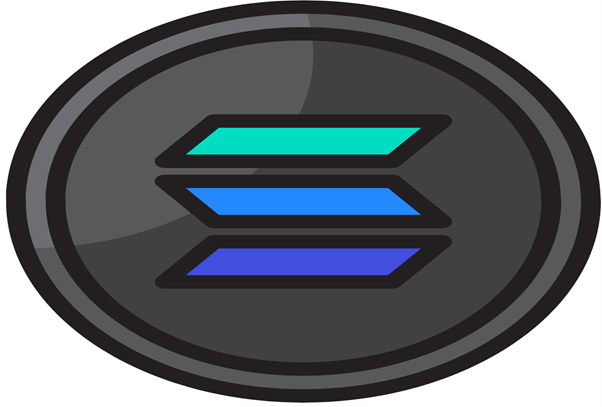
Solana is a high-performance blockchain platform that supports decentralized applications (DApps) and scalable crypto-native projects. Founded in 2017 by Anatoly Yakovenko, Solana aims to address the challenges of scalability and transaction speed that many other blockchains face. It achieves this through a unique combination of technological innovations, including a consensus mechanism called Proof of History (PoH) and a network architecture that enables parallel transaction processing. These features allow Solana to achieve fast transaction speeds and low fees, making it well-suited for high-throughput applications. Solana’s ecosystem supports various projects, including decentralized finance (DeFi) platforms, non-fungible token (NFT) marketplaces, and gaming applications. Its native cryptocurrency, SOL, serves as a utility token for transaction fees, staking, and network governance participation. With a focus on scalability, security, and developer-friendly infrastructure, Solana has gained considerable attention and attracted a growing community of developers and investors seeking a blockchain platform that can handle the demands of high-performance DApps.
Polkadot
Polkadot is a blockchain protocol that targets to enable interoperability and the seamless transfer of assets and data between blockchains. Founded by Gavin Wood, one of the co-founders of Ethereum, Polkadot offers a scalable and heterogeneous multi-chain network. At its core, Polkadot utilizes a relay chain, a central hub connecting multiple specialized para chains (parallel chains). This architecture allows for parallel processing, improved scalability, and increased efficiency. Polkadot’s unique design facilitates cross-chain communication, enabling developers to build decentralized applications (DApps) that can interact with different blockchains and share data securely. DOT, the native cryptocurrency of Polkadot, plays a crucial role in the network’s governance and provides staking rewards. The Polkadot ecosystem fosters innovation and collaboration, with various para chains offering specific functionalities and features. By addressing the issue of blockchain interoperability, Polkadot aims to create a decentralized and interconnected web of blockchains, opening up new possibilities for cross-chain collaboration and the development of scalable blockchain applications.
Chainlink

Chainlink is an oracle network that maintains the difference between smart contracts on the blockchain and world data and events. Developed by Sergey Nazarov and Steve Ellis, Chainlink provides a reliable and secure solution for fetching and validating data from various sources, including APIs and external systems. The network operates through a decentralized network of nodes called oracles, which retrieve and deliver off-chain data onto the blockchain. Chainlink’s decentralized approach ensures data integrity and prevents tampering, making it a trusted source of information for smart contracts. With its ability to connect blockchains with real-world data, Chainlink plays a crucial role in enabling the execution of smart contracts that require real-time and accurate data feeds, expanding blockchain technology’s functionality and use cases.
Litecoin
Litecoin (LTC) is a cryptocurrency created by Charlie in 2011. Often referred to as “silver” to Bitcoin’s “gold,” Litecoin offers faster transaction confirmation times and a different hashing algorithm (Scrypt) compared to Bitcoin’s SHA-256. Litecoin aims to be a more efficient and accessible digital currency for everyday transactions. It has gained popularity for its lower fees and ability to maintain a high volume of transactions. With a large and active community, Litecoin continues to be recognized as one of the prominent cryptocurrencies, serving as a viable alternative for those seeking a fast and secure means of transferring value.
Stellar
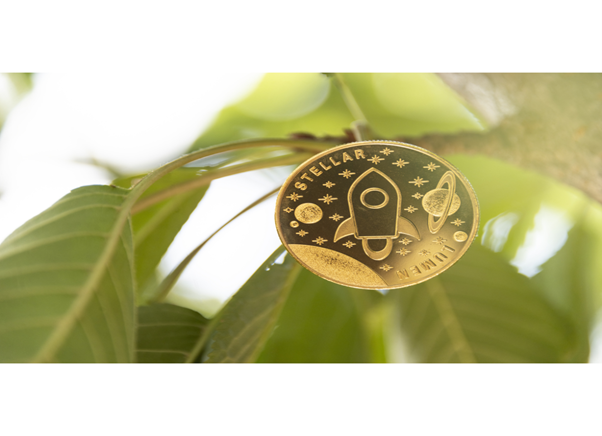
Stellar (XLM) is a decentralized blockchain platform designed to facilitate fast, low-cost cross-border transactions and enable the issuance and transfer of digital assets. Founded by Jed McCaleb, one of the co-founders of Ripple, Stellar focuses on financial inclusion and providing access to affordable financial services globally. Its native cryptocurrency, XLM, is a bridge currency, allowing seamless conversion between different fiat currencies. Stellar’s consensus algorithm, Stellar Consensus Protocol (SCP), ensures security, decentralization, and scalability. The platform’s partnerships with various financial institutions and organizations further enhance its utility for remittances, micropayments, and facilitating tokenized assets. Stellar’s mission to create a more inclusive and interconnected financial system has positioned it as a significant player in the blockchain industry.
Conclusion

In conclusion, cryptocurrency investment offers tremendous potential for maximizing returns in the digital asset market. However, it requires a careful and informed approach. Conducting thorough research, diversifying one’s portfolio, and staying updated on market trends and regulatory developments are crucial. Understanding the inherent volatility and risks associated with cryptocurrencies while capitalizing on their growth opportunities is important. As the cryptocurrency market continues to originate and gain mainstream acceptance, investors can position themselves to benefit from this transformative asset class. By applying sound investment strategies and adapting to market dynamics, individuals can navigate the digital asset market to maximize their returns and achieve long-term success.
FAQs
How do you maximize profit in crypto trading?
Find a trading wallet with high interest and deposit your coins for investment purposes.
Is cryptocurrency a digital asset?
Digital assets include Convertible virtual currency and cryptocurrency.
What are the returns on investment of cryptocurrency?
In the crypto world, you can calculate the ROI by decreasing the original price of the crypto from the selling price. Then, you have to divide equally the result by the actual investment cost.
